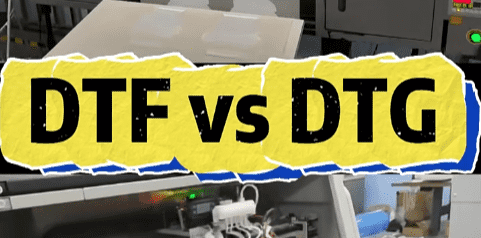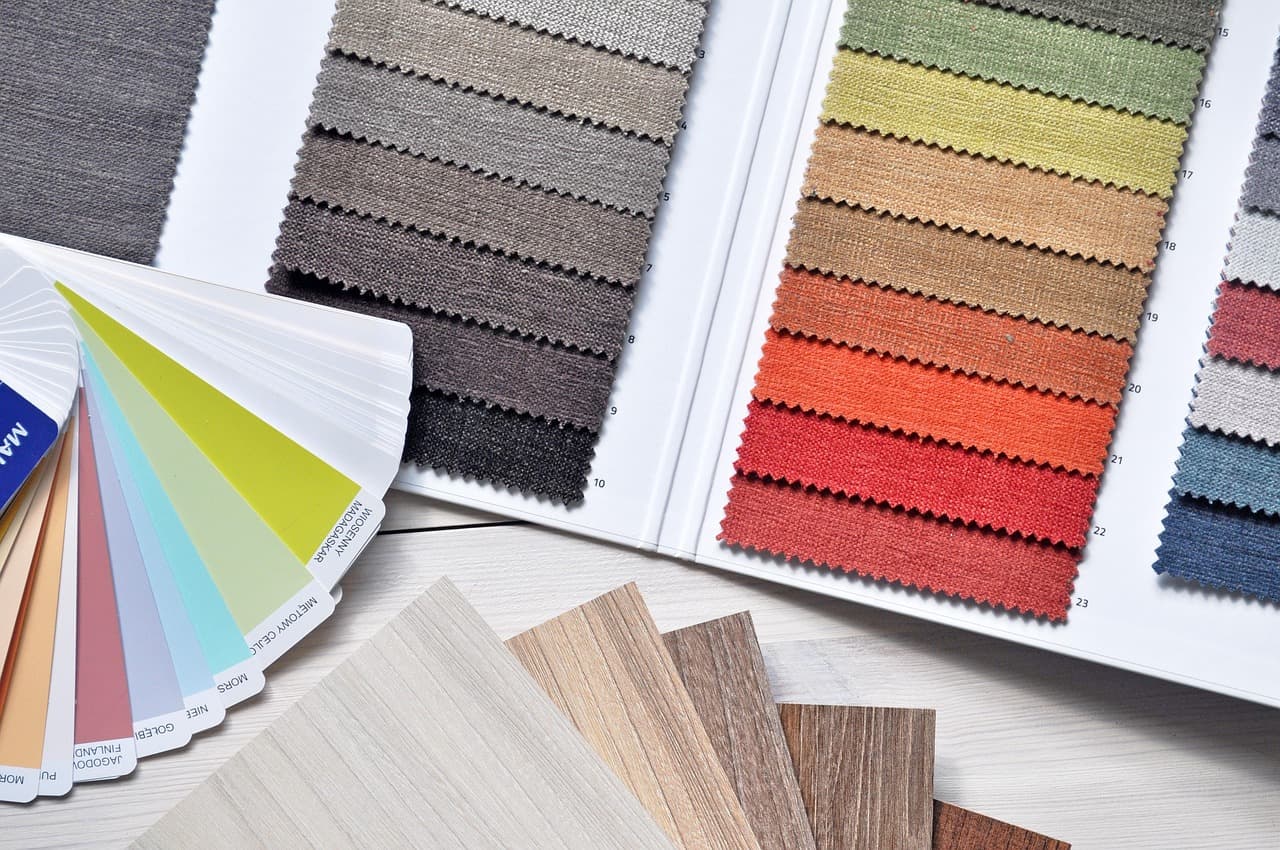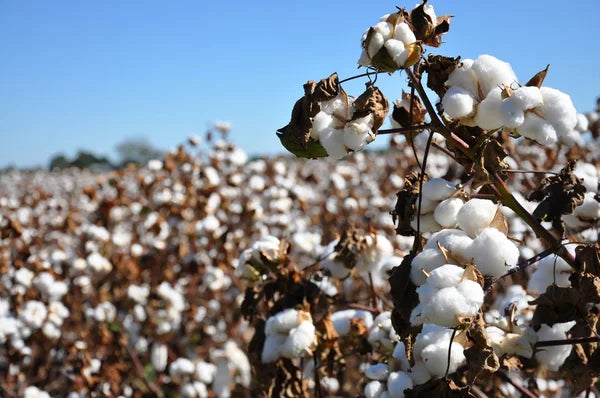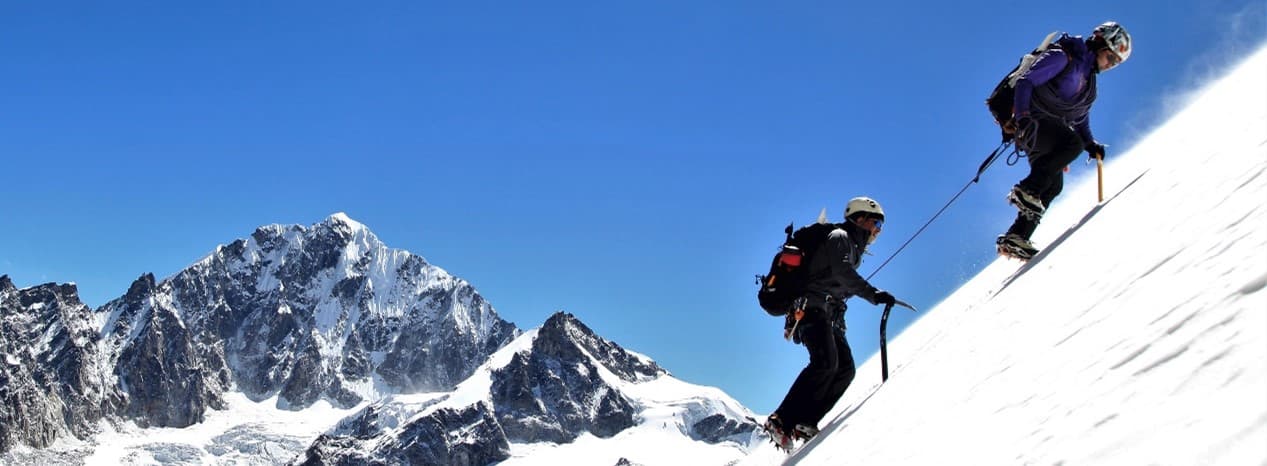How to Differentiate Between DTG and DTF Printing Methods
If you’re involved in the apparel business, you’ve likely heard the buzz around direct-to-film (DTF) and direct-to-garment (DTG) printing. Ever since DTG technology emerged, it has quickly become an industry favorite due to its ability to produce high-quality, durable apparel prints efficiently, its ease of learning, and its high-profit margins. However, DTF printing has recently gained traction as another viable option for custom garment decoration.
This article will break down the key differences, pros, and cons of both DTG and DTF printing, helping you make the best choice for your activewear or custom apparel brand.

1. What Are DTG and DTF Printing?
DTG (Direct-to-Garment) Printing
Definition
A digital printing method where an industrial inkjet printer applies water-based pigment inks directly onto fabric.
The DTG Printing Process
- Pre-Treatment: A pre-treatment solution is applied to the garment to help the ink bond with the fabric.
- Curing & Flattening: The garment is pressed with a heat press to cure the pre-treatment and remove wrinkles.
- Printing: The garment is loaded into the DTG printer, which digitally prints the design similar to a paper printer.
- Post-Curing: Another heat press cycle ensures the ink sets permanently for long-lasting durability.
Key Features of DTG
✔ No transfer film required → Ideal for large or complex designs
✔ Soft texture with excellent wash durability
✔ Best for cotton & cotton-blend fabrics

DTF (Direct-to-Film) Printing
Definition
A heat-transfer method where a design is printed onto a special film and then transferred to the garment using heat and adhesive powder.
The DTF Printing Process
- Printing on Film: The design is printed onto a PET transfer film.
- Powder Application: A special hot-melt adhesive powder is sprinkled over the printed film, creating a bonding layer.
- Heat Pressing: The film is pressed onto the fabric, fusing the adhesive and ink to the garment.
- Peeling & Finishing: The film is peeled away, and another heat press cycle may be applied for extra durability (though excessive heat may reduce color vibrancy).
Key Features of DTF
✔ No pre-treatment required → Reduces production steps
✔ Works on non-textile materials (ceramics, hats, etc.)
✔ Allows pre-printed film stock, enabling on-demand printing & lower inventory risks

2. DTG vs. DTF: Pros & Cons
DTG Printing
Advantages
✅ Direct printing – No extra transfer steps, saving time & materials.
✅ Long-lasting durability – Ink chemically bonds to fabric, resisting fading.
✅ Fast production – Machines can print a garment in under 10 seconds.
✅ Soft hand feel – Feels like part of the fabric, ideal for premium apparel.
Limitations
⚠ Requires pre-treatment – Adds an extra step or may require pre-treated blanks.
⚠ Limited to flat fabrics – Cannot print on curved surfaces (mugs).

DTF Printing
Advantages
✅ No pre-treatment needed – Saves labor and setup costs.
✅ Multi-material compatibility – Works on polyester, blends, and hard surfaces.
✅ Flexible inventory management – Can pre-print and store film designs for on-demand transfers.
DTF Limitations
⚠ Higher material costs – Requires special films & adhesive powder.
⚠ More manual steps – Powder spreading, pressing, and peeling make it less ideal for high-volume orders.

3. Cost & Profit Comparison
DTG Printing Cost Breakdown
Light-colored garments:
- Printing ($0.5–$1) + Pre-treatment ($0.5) + Blank tee ($3–$4) = $4–$5.5 total cost
- Retail price: $25–$40** → **~500% profit margin
Dark-colored garments:
- $1.25–$3.5 extra for white underbase ink
DTF Printing Cost Breakdown
Per-unit cost:
- Transfer film ($1.5) + Adhesive powder ($0.5) + Blank tee ($3–$4) = $5–$6 total cost
- Retail price: $20–$30 → ~400% profit margin

4. Which Printing Method Should You Choose?
When to Use DTG Printing (Best For):
✔ High-volume & fast-turnaround orders (500+ units in ≤72 hours)
✔ Premium-quality activewear or baby clothing (soft finish required)
✔ Photorealistic prints & gradient-heavy designs (portraits, watercolor effects)

When to Use DTF Printing (Best For):
✔ Small-batch & on-demand customization (20–50 units for sampling)
✔ Mixed-material orders (polyester blends, reflective stripes, metal embellishments)
✔ International dropshipping models (pre-printed films reduce shipping risks)
By understanding these key differences, you can optimize your production strategy and maximize profits for your apparel business. If speed and quality are priorities, DTG is unbeatable. But if flexibility and multi-material printing are essential, DTF may be the better choice.
Tags:






Leave a comment
Your email address will not be published.